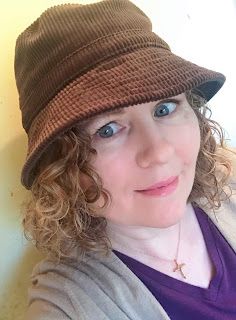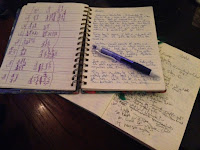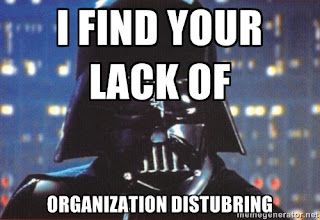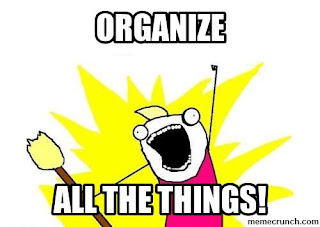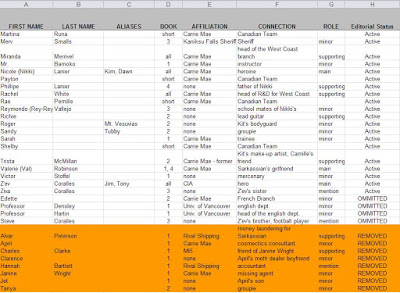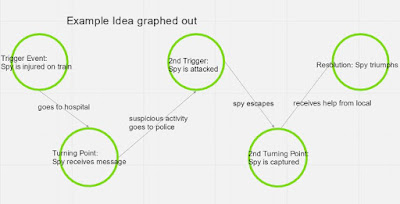The Big Planner Shake-Up
unprecedented shake-up in how I plan my life. And it all started in the latter
part of 2019.
looking for suggestions for planners. Like us all, she was looking to get a
head start on organizing 2020. I commented that I’d been using an Erin Condren
Life Planner for two years, but I intended to go back to my six-ring A5
DayRunner.
the A5 because I wanted the flexibility of being able to organize the planner
how I wanted it. And I wanted more space to write my to-do tasks for each day.
new inserts for the A5. As soon as the inserts arrived I began noting all my
deadlines, birthdays, appointments, etc. Everything was good.
first thought was maybe it was due to the texture of the binder. For some it
may not be a big deal, but since I handle my planner multiple times during the
day, how it feels in my hands is essential to me. I then thought maybe I was
over the black cover. Perhaps a pop of color would be nicer and more visually
appealing. The temptation to buy a new A5 was strong, but I held strong. The DayRunner was good enough.
workshop on how to go paperless. During the class, I learned some tricks on how
to go partially paperless (some papers just can’t be scanned and shredded). One
of the recommendations was a to-do list app. This was new to me and I decided
to give it a try.
After a week, I realized the app wouldn’t work for me because once a task was
completed, it was deleted from the list. I’m one of those people who need to
cross off tasks from a list and be able to see what I’ve accomplished at the
end of the day. While the app didn’t work for me, it did introduce me to using
my phone as a part of my planning process. Which led me to my Google calendar.
Yet again.
never clicked. Until now.
the tasks was a nice perk. And I got
into the habit of opening up the calendar in the morning right after my morning
pages were completed. What I’d been craving in my “planner” was the ability to
look at the monthly spread without having to page back and forth all the time
in the A5 or EC. Sure, I could have a wall calendar, but then I have to take it
down and write in the task, then put it back up, and for me, it becomes visual
clutter on the wall. The Google calendar was working for me. Finally.
While the Google calendar gave me a view of the month, I was missing the daily
planning. All the things I need to do from laundry to outlining to walking
Connie. Yes, I know there’s a daily view feature in the Google calendar, but I
prefer to write these lists down so I can cross of all the completed tasks.
Amazon. It’s bigger than a personal size Filofax but smaller than an A5, and it
has a page for every day. This gives me plenty of space to write my lists, group my to-do
actions into categories if I want to, jot down ideas that pop into my head.
Since I don’t use the monthly spread for planning, I use it to track my
workouts. It’s awesome.
planner, I have the perfect planning system for 2020. I know this because I
feel calmer when it comes to my to-do’s, and I’m getting things done without
feeling scattered or overwhelmed.
this time it was a gift. I trusted myself enough to let go of what I’ve clung
to for years, and it’s been one of the best things I’ve done so far in 2020.
planner? Or, a hybrid like me?
author of the Food Blogger Mystery series and the Resale Boutique Mystery series.
She lives and writes in Connecticut. When she’s not writing, she enjoys baking,
exercising and taking long walks with her Shih-Tzu, Connie. You can keep in touch
with Debra through her website, on Facebook and Instagram.

